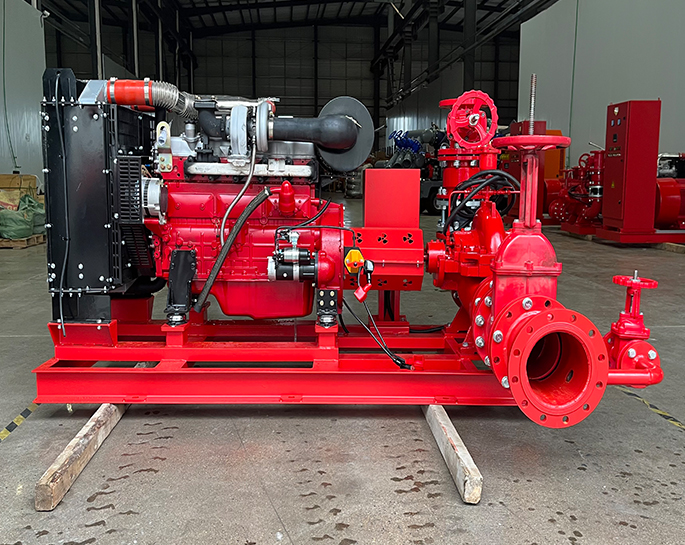What are the characteristics of the mechanical seal of the fire pump?
Mechanical seals play a critical role in ensuring the reliability and efficiency of fire pumps. Here are some key characteristics and considerations for mechanical seals in fire pump applications:
-
Reliability: Mechanical seals must be highly reliable to ensure the fire pump operates effectively during emergencies. They should be designed to withstand prolonged periods of inactivity and be able to activate quickly when needed.
-
Sealing Performance: The primary function of a mechanical seal is to prevent the leakage of fluid from the pump. Sealing performance is crucial to maintaining pressure and flow in the fire pump system.
-
Material Selection: Mechanical seals are often exposed to challenging conditions, including high temperatures, corrosive fluids, and abrasive particles. The materials used in the seal must be carefully chosen to withstand these conditions and ensure a long service life.
-
Temperature Resistance: Fire pumps may be subject to high temperatures, especially during operation in emergency situations. Mechanical seals should be able to handle these elevated temperatures without compromising their integrity.
-
Pressure Handling: Fire pumps generate high pressures to ensure effective water delivery. Mechanical seals must be designed and rated to handle these pressures without leaking or failing.
-
Ease of Installation and Maintenance: A good mechanical seal design should facilitate easy installation and maintenance. Quick and straightforward replacement of seals is essential, especially in critical applications like fire pumps.
-
Compatibility with Pump Fluids: Mechanical seals must be compatible with the fluids being pumped. This includes considerations for chemical compatibility, which is important in preventing corrosion and degradation of the seal materials.
-
Abrasion Resistance: Some applications may involve abrasive particles in the fluid being pumped. Mechanical seals should be resistant to abrasion to maintain their effectiveness over time.
-
Vibration and Misalignment Tolerance: Fire pumps can experience vibrations and misalignments during operation. Mechanical seals should be designed to tolerate such conditions to prevent premature failure.
-
Compliance with Standards: Fire pumps and their components, including mechanical seals, may need to comply with industry standards and regulations. It's important to choose seals that meet the necessary standards for safety and performance.
-
Testing and Certification: Mechanical seals used in fire pumps should undergo rigorous testing and certification to ensure they meet the required performance and safety standards.
-
Emergency Operation: The mechanical seal should be designed to operate reliably in emergency situations when the fire pump is activated, even if it has been inactive for an extended period.
When selecting or designing a mechanical seal for a fire pump, it's essential to work closely with manufacturers and suppliers who specialize in fire pump applications to ensure that the chosen seals meet the specific requirements and standards of the intended use.


.png)
.png)

.png)


